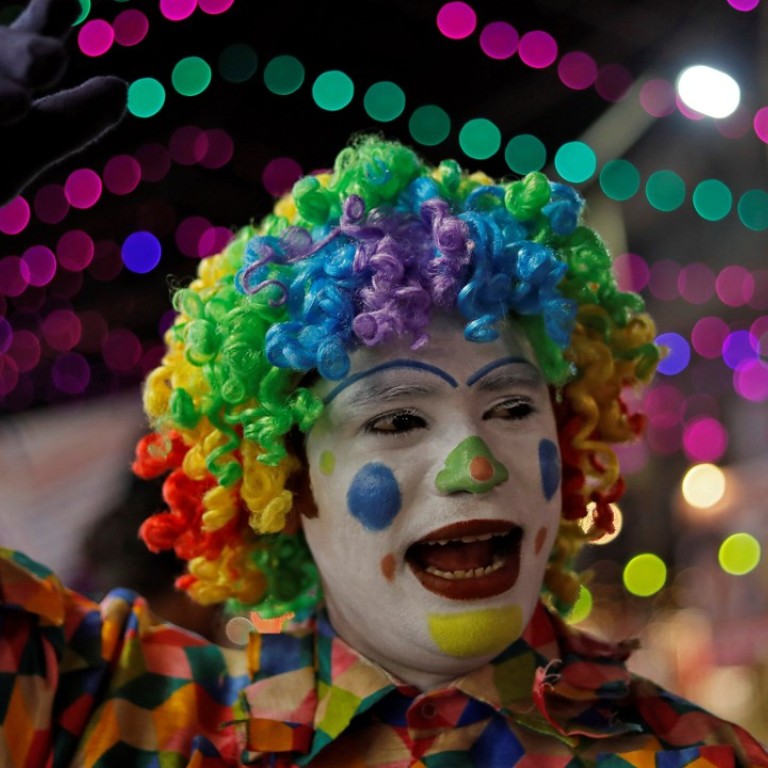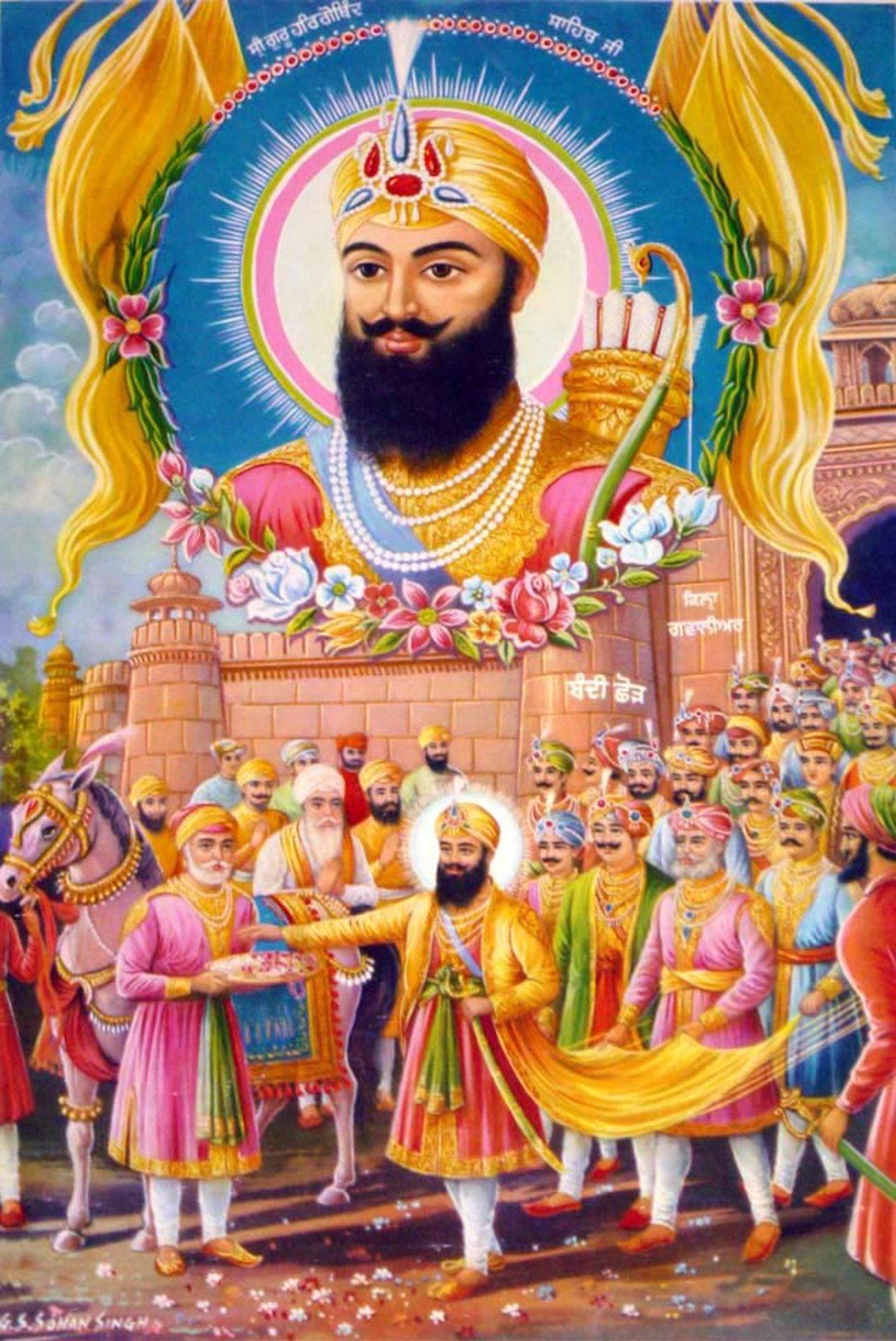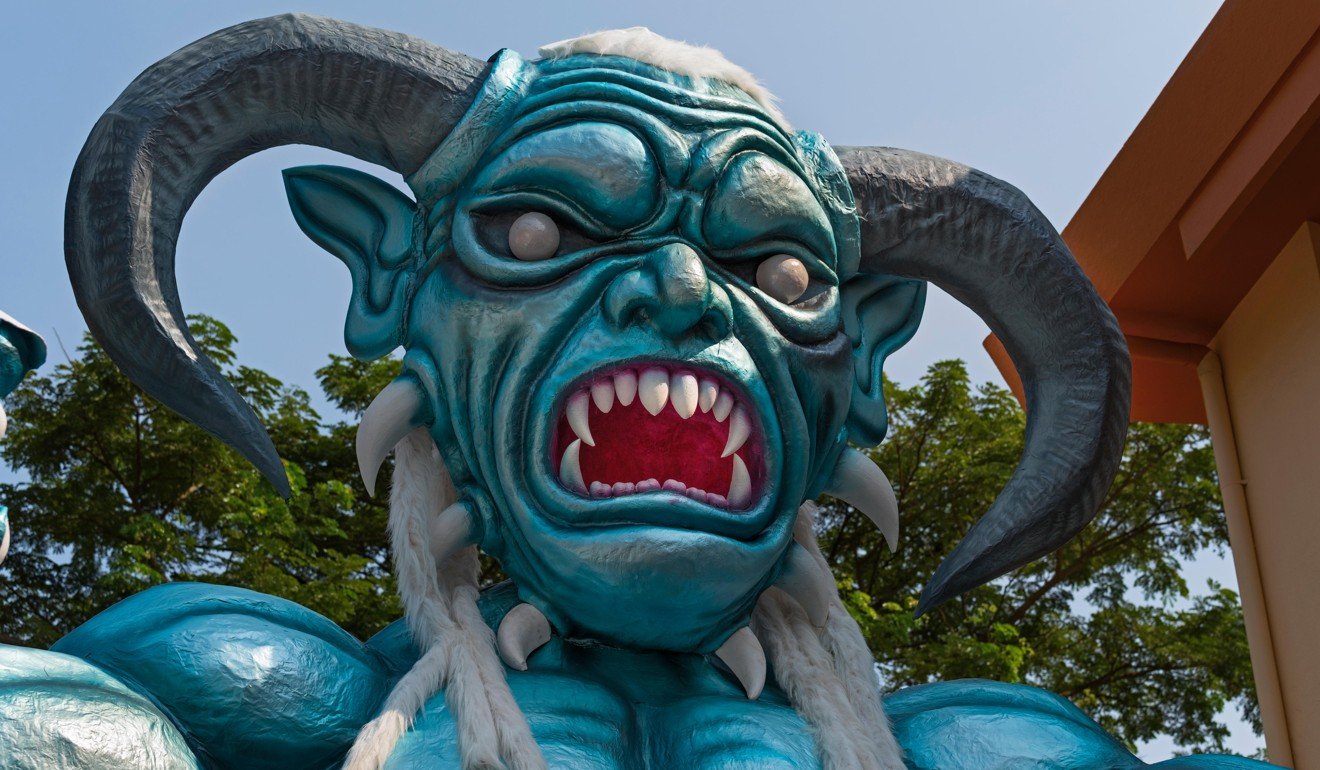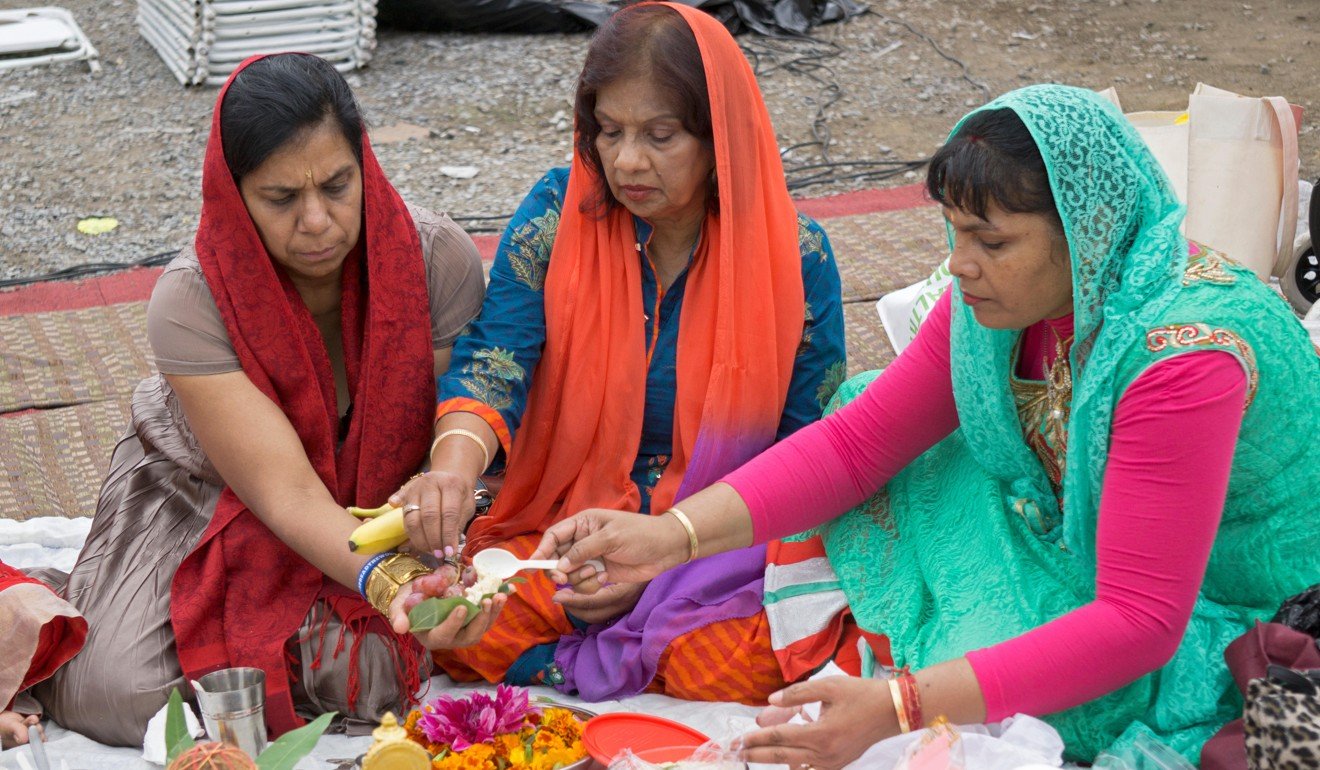
Seven facts about Diwali, and how India’s Festival of Light crosses boundaries
- Diwali is celebrated across India and around the world by different religions
- It signifies the victory of light over darkness and good over evil
Today millions of Indians will be celebrating the festival of Diwali, the Indian New Year, and Hong Kong will be no different.
Derived from the Sanskrit word Deepawali, meaning row of lamps, the “Festival of Lights” is observed in the autumn, and will be celebrated in India nationwide.
Far from their families, Indians in Hong Kong make Diwali special
Over time, Diwali has become a national festival for most Indians, regardless of faith, with Jains, Buddhists and Sikhs also celebrating. Preparations for the festival beginning weeks in advance.
Despite the variations, one common belief is essential: the victory of light over darkness, knowledge over ignorance, and good over evil.
Here are seven useful facts on the celebration to keep you up to speed.

1. The festival lasts for five days and involves spending time with family and performing traditional activities. Families clean their homes from top to bottom, so that when the lamps are lit, it will be suitable for the goddess of wealth and knowledge, Lakshmi, to enter their home and bless them with good fortune for the upcoming year, as well as the god of good luck, Ganesh.
2. In Jainism, Diwali marks the spiritual awakening of Lord Mahavira, and for Sikhs it celebrates the day the sixth guru, Guru Hargobind, was freed from imprisonment.

3. How Hindus interpret the Diwali story depends on where they live. In northern India, it marks the story of King Rama’s return to the Indian city of Ayodhya after he defeated Ravana by lighting rows of clay lamps. In the south, people celebrate it as the day Lord Krishna defeated the demon Narakasura. In western India, the festival marks the day Lord Vishnu sent the demon King Bali to rule the netherworld.

4. Families will make an offering to the goddess of fruit, rice pudding, flowers and other assorted gifts. To offer these goods the family performs a “puja”, which involves saying sacred words and singing. Unlike Western holidays, it’s also considered very important to refrain from eating meat and drinking alcohol in honour of the divine spirits being invited into your home.
5. Traditionally, every home will set out earthen lamps called diyas, which symbolise the triumph of light over darkness, all around their home. Places where Diwali is a national holiday public places are also lit up with lots of beautiful candles and lamps, with some families exchanging gifts and making a big dinner for family and friends.

6. Diwali is also a national holiday in India, Trinidad & Tobago, Myanmar, Nepal, Sri Lanka, Mauritius, Guyana, Surinam, Singapore, Malaysia and Fiji.
In pictures: the colourful celebrations of Hindus celebrating Diwali
7. The festival is the beginning of the financial year for Indian businesses, and marks the end of the harvest season in India.

